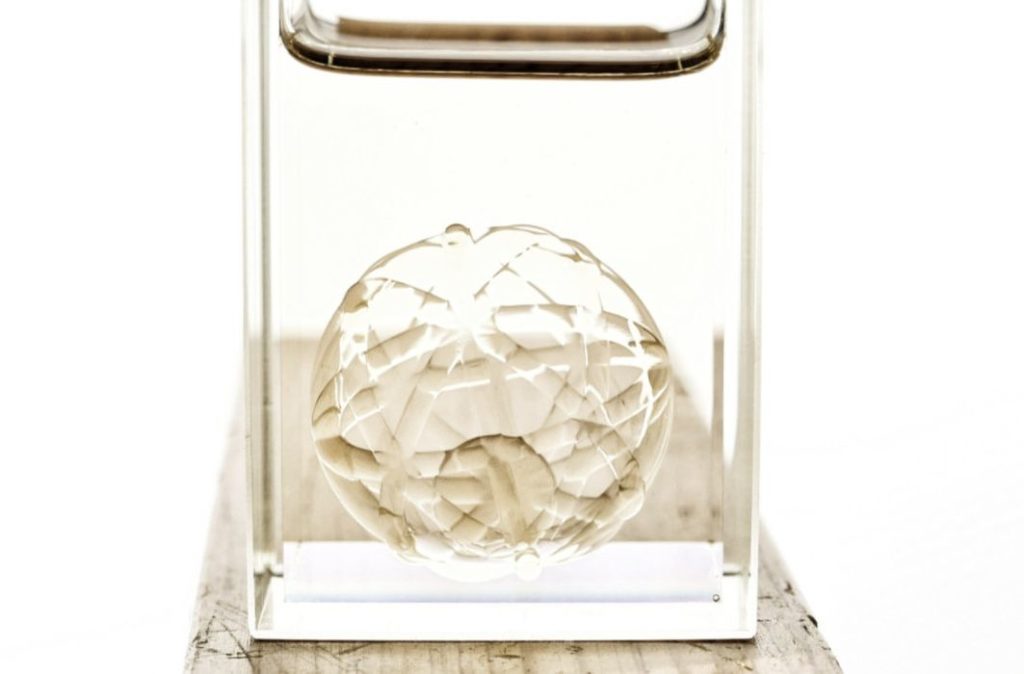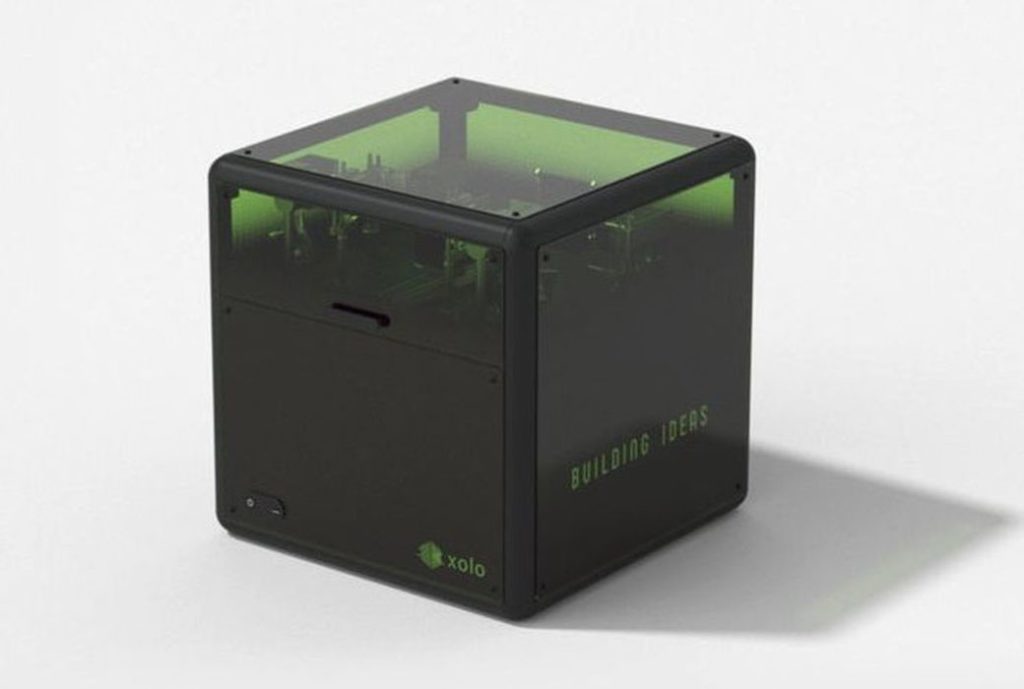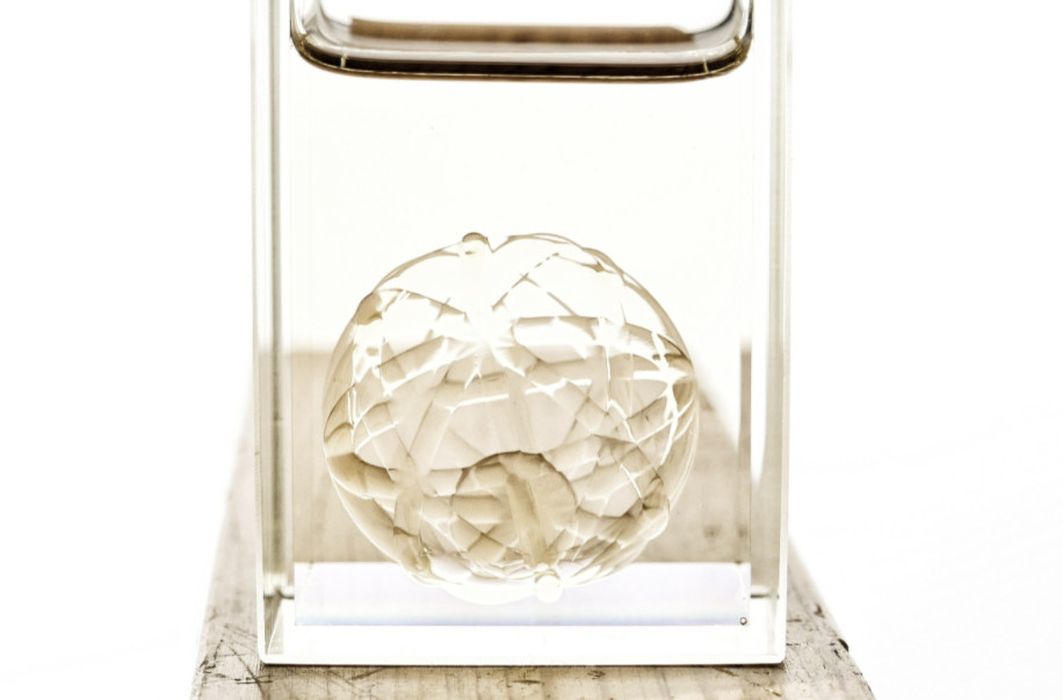
Talk of a new method of 3D printing has been a quiet yet slowly growing buzz in the industry.
Recent steps forward are indications that volumetric 3D printing is no longer just a potential area of research. While still in its infancy, this budding process may eventually be a game changer for the faster creation of small prints, potentially taking the audiology, bioengineering, dentistry, microfluidics and prototyping sectors into the future.
How Is Volumetric 3D Printing Different?
Early research into the potential for this new method initially had a somewhat science fiction spin—one paper by a team from UC Berkeley in 2019 referred to its research as a “replicator” in honor of the Star Trek materializing device—but this complex resin-based technology is no longer a what-if possibility.
Unlike existing methods—stereolithography (SLA), selective laser sintering (SLS) fused deposition modeling (FDM) and others—the printed object is not created layer by layer. Instead, the object’s pattern is repeatedly projected into a transparent liquid resin. Like the opposite of a CT scan, light images are continuously applied into the resin from various angles. This repetition rapidly solidifies the object in the resin tank. Whereas traditional 3D printing methods rely on interior scans to reconstruct a model, in volumetric 3D printing, the model is made from a projected pattern. While most resin-based processes require curing, this technology incorporates lasers that create intersecting points. In simpler terms, it creates an object simultaneously in all three dimensions.
The major benefit of volumetric 3D printing is speed. The Berkeley team was able to print models at the centimeter scale in 30 to 120 seconds. This is possible because instead of building by layers or voxels, an object’s “layers” are created all at once. According to research by the University of Michigan, volumetric 3D printing allows for continuous, rapid printing with localized control of region thickness. Along with speed, this technology may mean smoother surfaces, a greater choice of materials and an elimination of the need for supports.
Two Emerging Forerunners
To gain a better understanding of this emerging technology and its potential, it’s worth looking into two startups that are bringing the commercialization of volumetric 3D printing to fruition: xolo and Readily3D.
xolo

Berlin-based xolo was founded in 2019. A collaborative effort, the company incorporates technologies and research from the Berlin Aldershof Science and Technology Park, Lawrence Livermore National Laboratory, and UC Berkeley. Its dual-color volumetric 3D printing method, xolography, has resulted in the launch of the company’s xube printer. According to the company, the printer was designed to solve issues with material properties, speed and surface quality, as the first volumetric 3D printer commercially available.
“This is the very beginning of volumetric printing,” said Dirk Radzinski, xolo cofounder and CEO. “As with every new technology it will take some time to develop and it will start with niche markets. But given the development speed nowadays and given the limited time we spent to develop this technology with just a few people, I am really looking forward to what the future holds for volumetric printing.”
Prior to releasing the xube, the company presented its research on the benefits and potential of its xolography in Nature. While still only available for researchers and scientists, the xube incorporates different technologies. For its patented technologies, the polymerization process starts with two light wavelengths. As they intersect, they meet a two-color photoinitiator within the resin for simultaneous curing.
As opposed to other resin methodologies, xolography requires no build plate, which vastly speeds up the process. Most prints can be completed between 20 seconds and five minutes. Thanks to its high printing resolution, which the Nature article indicates is 10 times higher than other macroscopic volumetric printing processes, xolography requires no polishing. A third benefit is the ability to use highly viscous resins that traditional methods can’t use due to the speed at which resins need to flow. Using resins with higher viscosity results in more durable prints.
“There are also a lot of other advantages,” Radzinski added. “For example, you can print objects in objects up to whole machines if you can freely address voxels in a volume. With a normal resin printer, you need a support structure to hold your object in place. In volumetric printing, the resin supports the object.”
During the process, there is a complex operation happening behind the scenes. The xube was designed to ensure that chemistry, optics and temperatures are in balance to create the print. The xube itself is a smaller printer with a build volume of 50 x 70 x 90 mm. It features two 405 nm lasers and UHD DLP for image projection with an optical resolution of 0.03 mm for the X- and Y-axes and 0.05 mm for the Z-axis.

